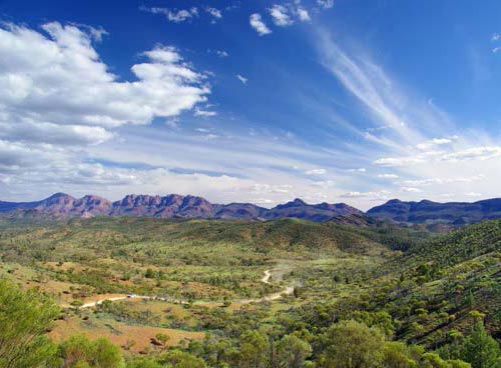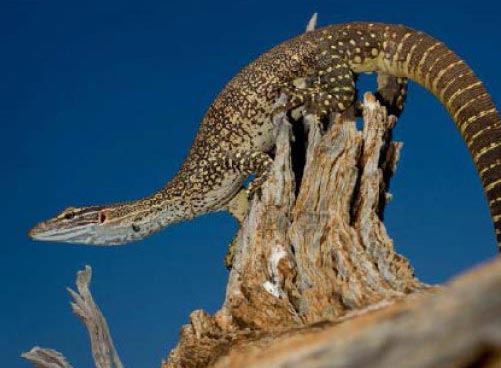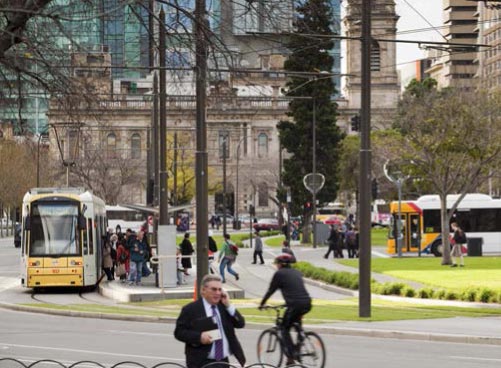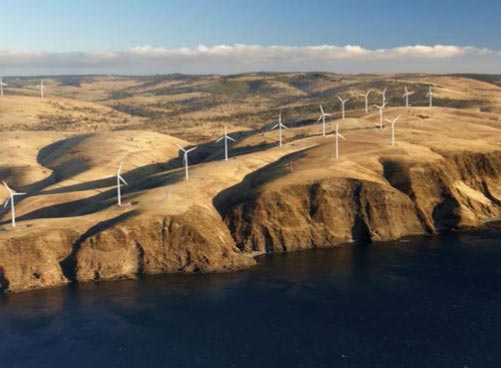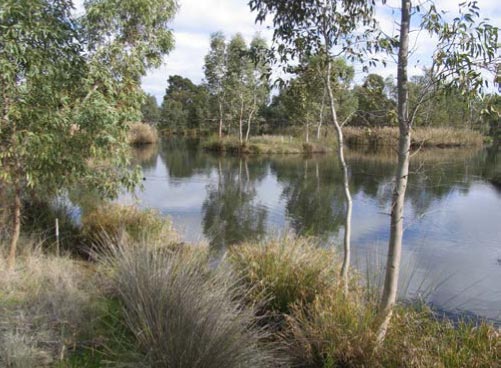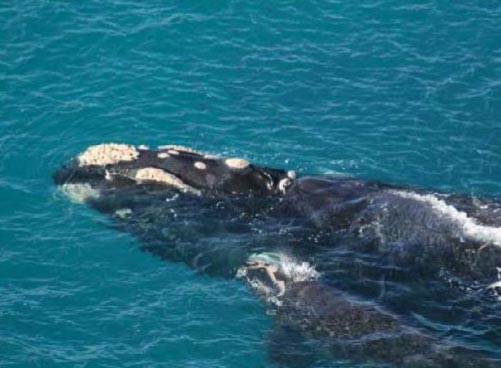What is the state of the environment report?
The state of the environment report, produced by the Environment Protection Authority, assesses the condition of South Australian environmental resources, identifies trends in environmental quality, and reviews the effects of programs and activities that aim to protect, restore and improve the environment.
What has happened in the last 5 years?
The 2013 report reveals mixed results in the condition of the state’s natural assets and trends in environmental quality over the last five years.
There is good news—such as sustained growth in generation of renewable energy, more efficient use of water and electricity, and continued increases in recycling.
There is also cause for concern—such as further decline of already poor biodiversity, increased use of natural resources, increased average temperatures, increased development and industrial activity in sensitive areas such as the coastal zone, increased use of private motor vehicles, reduced water flows for the natural environment from the River Murray, and changes in the acidity, salinity and temperature of the marine environment.
